
Blog
How to Build a Commercial Kitchen in 4 Steps


Building a commercial kitchen is a big undertaking, but it can be a rewarding investment with proper planning. The importance of a well-designed commercial kitchen cannot be understated, as it can improve the efficiency of your restaurant or catering business, enhance the quality of your food, and increase profits. In this blog post, we’ll go over some of the key steps involved in building a commercial kitchen.
Step 1: Research and Planning
Research and planning are essential before building your commercial kitchen. Because commercial kitchens serve the general public, its construction will heavily depend on your menu. This will inform the type of kitchen you want to build, the equipment you’ll need, and layout. Your menu will guide the design of the kitchen. For instance, a small cafe specializing in pastries cannot have the same design as one that offers vegan cuisine. Since the end user is different, this can range from a basic kitchen with a few pieces of equipment, to a larger restaurant or catering business requiring a more complex kitchen with a wide range of equipment.
Once you’ve decided on the menu, you’ll have to determine the equipment you’ll need. This may include commercial ovens, refrigerators, freezers, grills, fryers, and other specialized units. Consider the quality of the equipment and whether it will meet your needs for years to come. Future additions to your menu should also be factored in to prevent expensive construction changes and equipment purchases.
Finally, you need to plan the layout of your kitchen. This will involve considering the flow of food, people, and equipment, as well as safety and hygiene regulations. We recommend that you invest in quality commercial kitchen design software, as it will help you plan out an efficient layout that works for your staff. You should also think about the placement of sinks, storage areas, and preparation areas.
Step 2: Obtaining Permits and Licenses
Commercial kitchen setups are exposed to various risks, so before you can start building your commercial kitchen, you need to obtain the necessary permits and licenses. This will include obtaining a food service permit, a building permit, and any other permits required by your local authorities. Observing fire codes, health codes, and employee protocol are mandatory for a successful restaurant. These, however, vary depending on location.
Complying with safety and hygiene regulations may involve installing fire suppression systems, ventilation systems, and other safety features.
Step 3: Building Your Kitchen
Once you’ve obtained the necessary permits and licenses, the building of your commercial kitchen can commence. Now begins the possible hiring of contractors, electricians, and plumbers to install the necessary equipment and fixtures.
A well-built kitchen can improve efficiency, optimization of communication among employees, safety, and maximization of space. All this depends on how you build the layout of your kitchen. Some layouts that may suit your kitchen better thank others. Possible layouts include; island, assembly line, galley, zone-style, or open. Each layout offers unique benefits based on your menu, restaurant style, and area available.
Design and decor of your kitchen will also be a factor. Be sure to choose flooring, wall coverings, and lighting that are both functional and attractive.
Step 4: Testing and Inspection
You’re almost there, but before you can start using your commercial kitchen, you’ll need to pass a few tests and inspections by local health authorities. This will help ensure that all equipment and systems are functioning properly and that the kitchen meets safety and hygiene regulations.
Developing a maintenance checklist and self-inspecting food storage, preparation, sanitation and pest prevention beforehand can help you pass these inspections.
Once your commercial kitchen has been approved by local authorities, you can start using it to prepare and serve food to your customers. This may involve hiring staff and developing menus that showcase your culinary skills.
In conclusion, building a commercial kitchen requires careful planning, research, and execution. By following the steps outlined in this blog post, you can create a functional and attractive kitchen that meets all safety and hygiene regulations and helps you grow your restaurant or catering business.



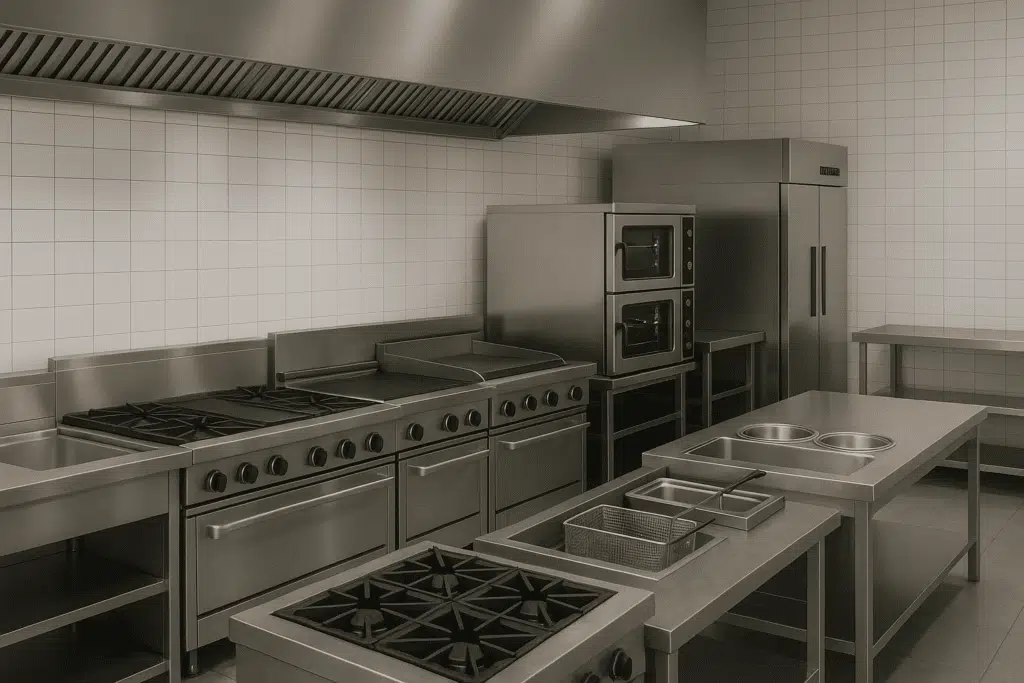






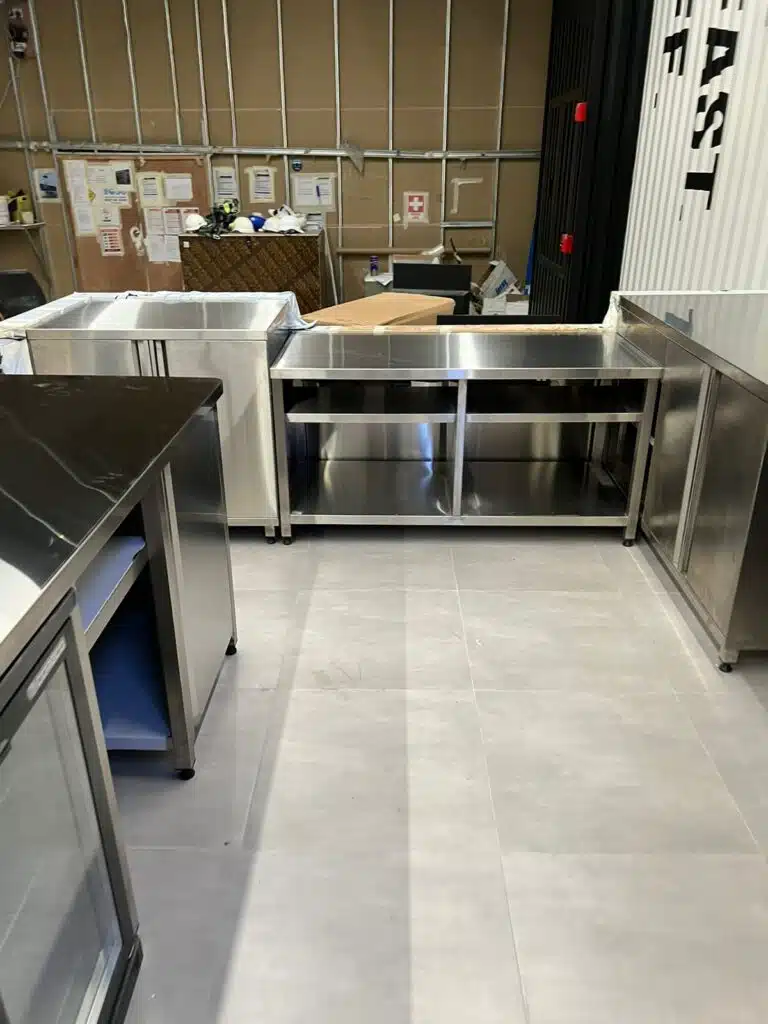




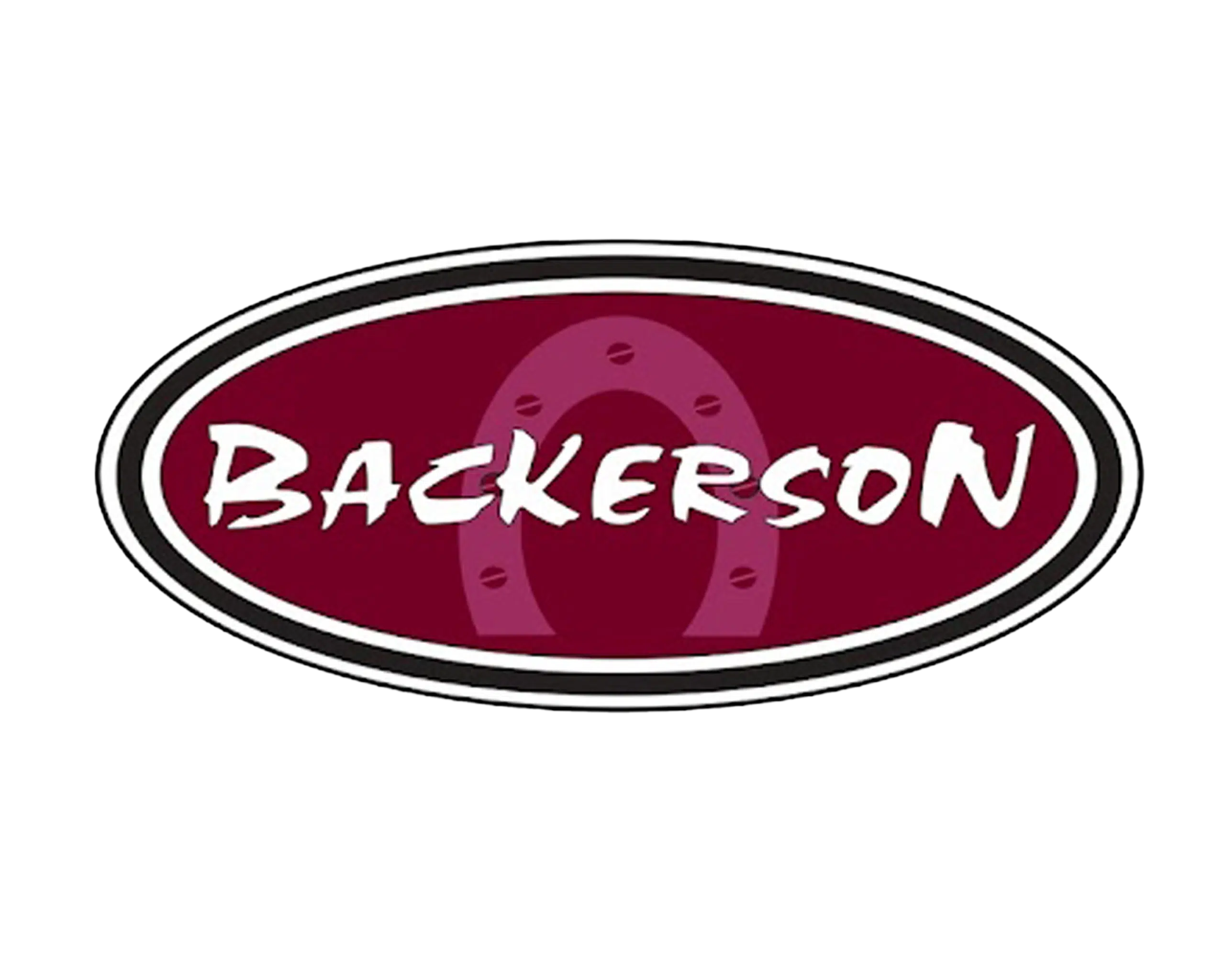

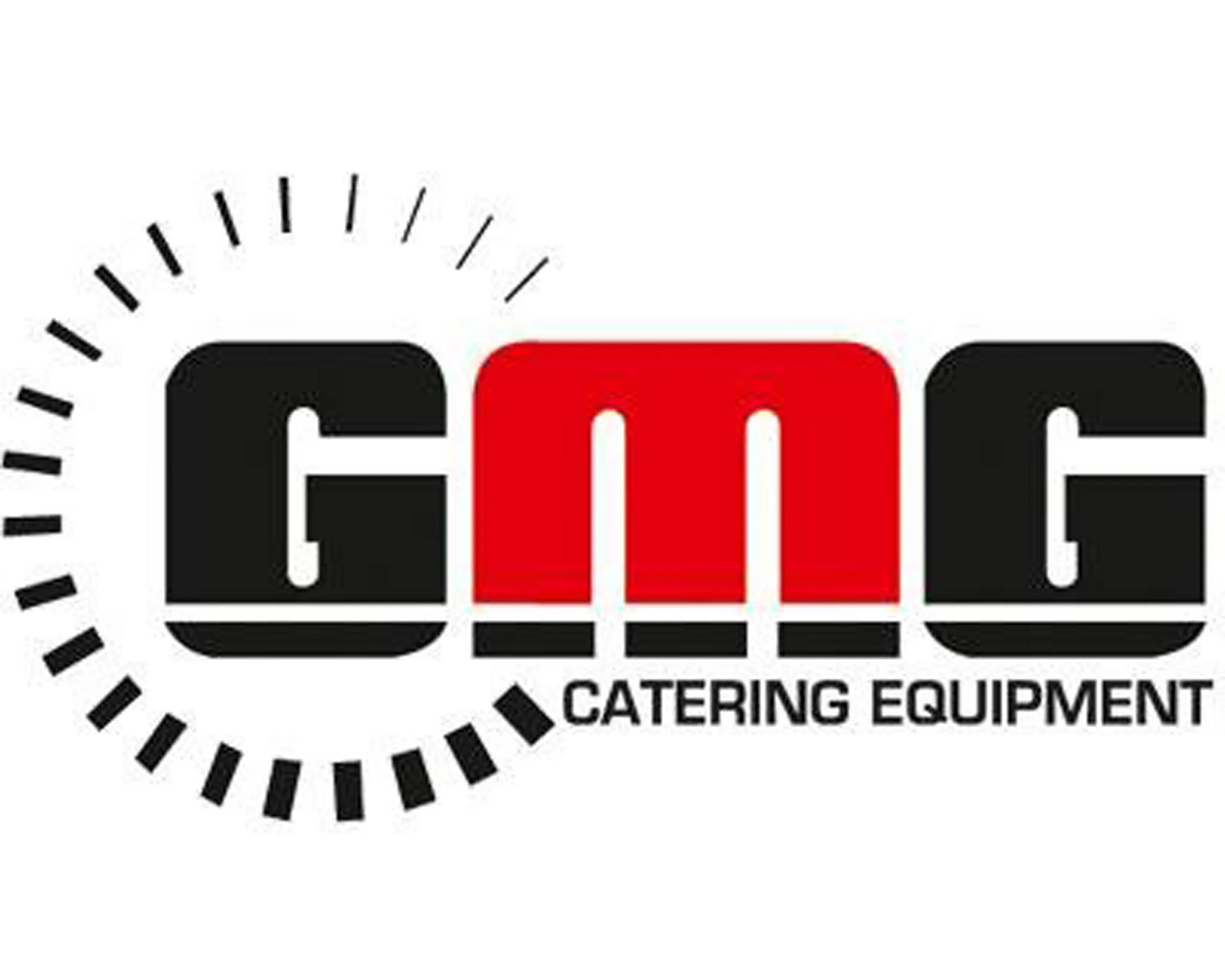












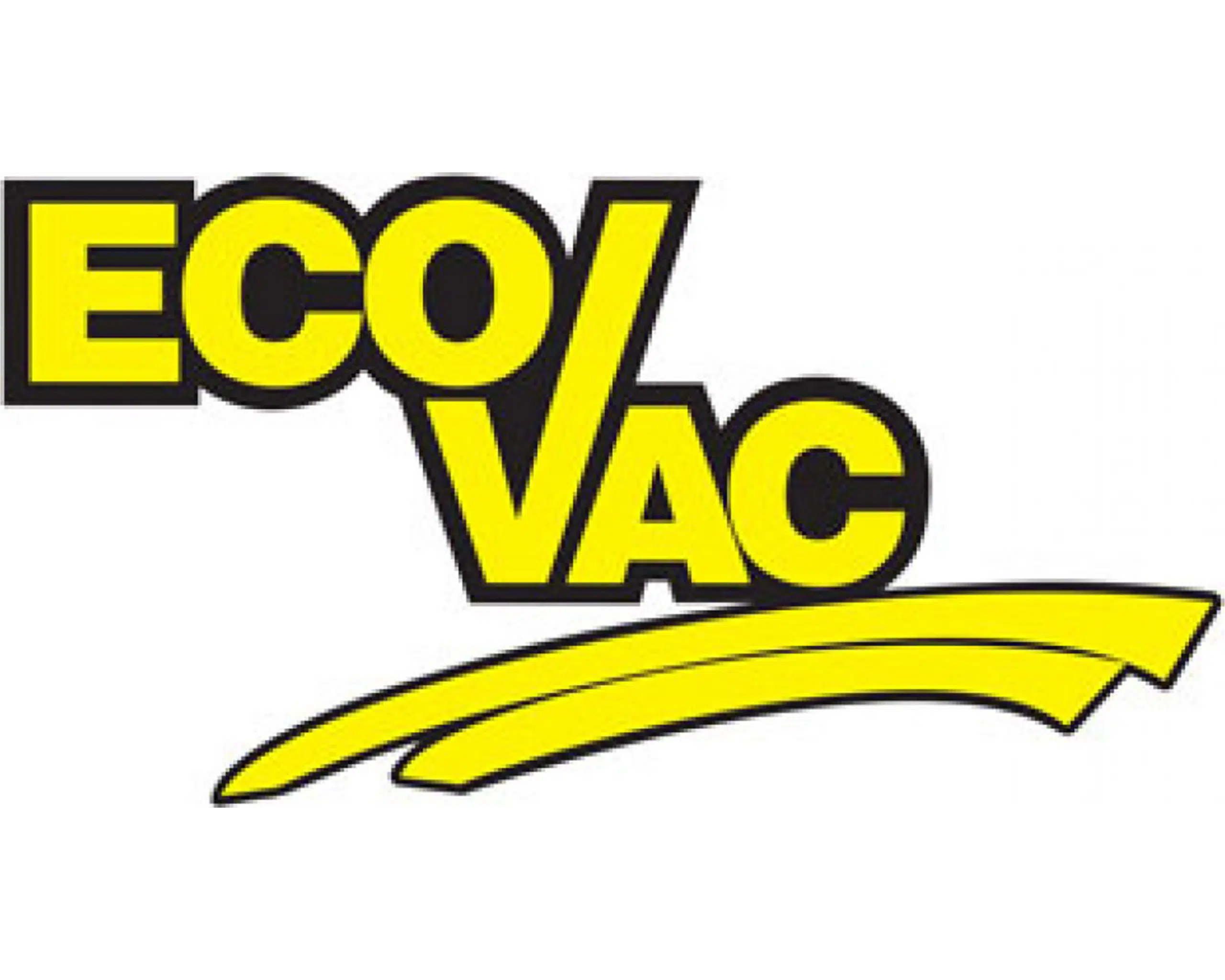
















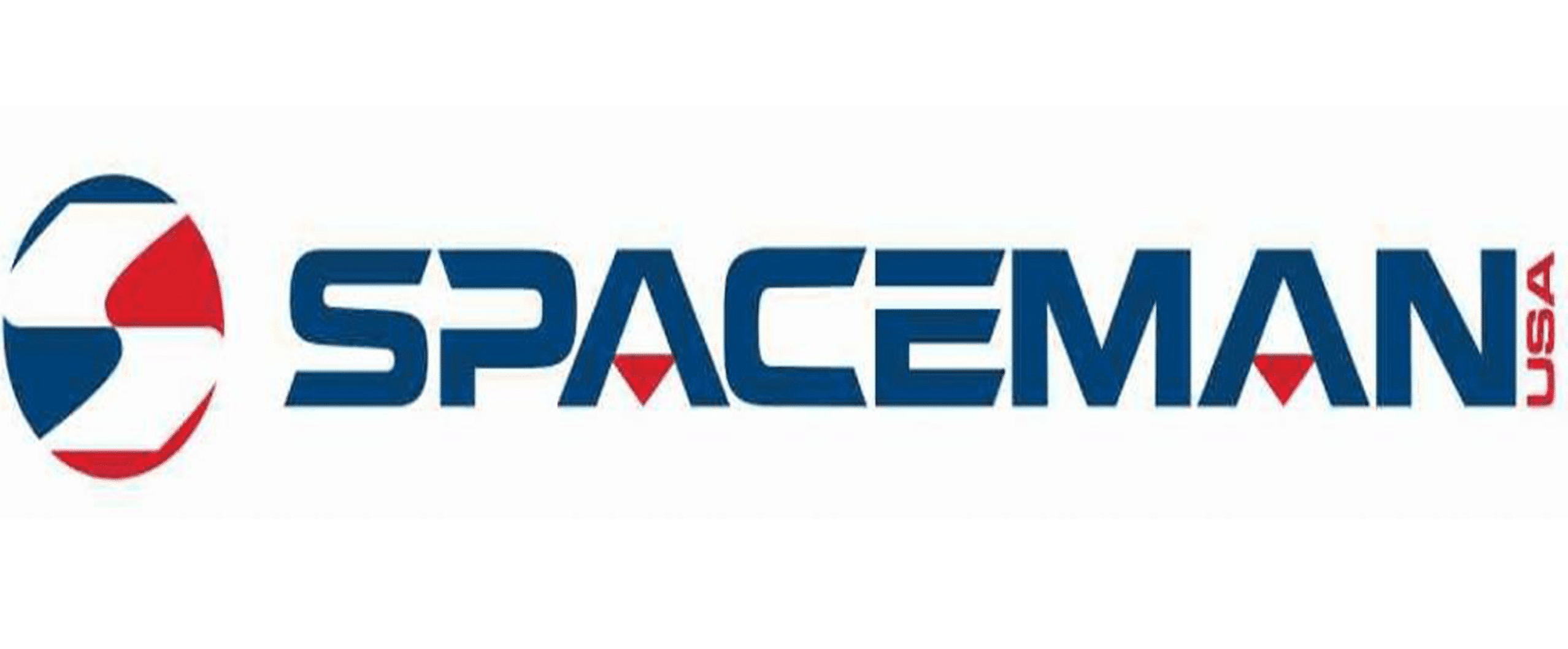



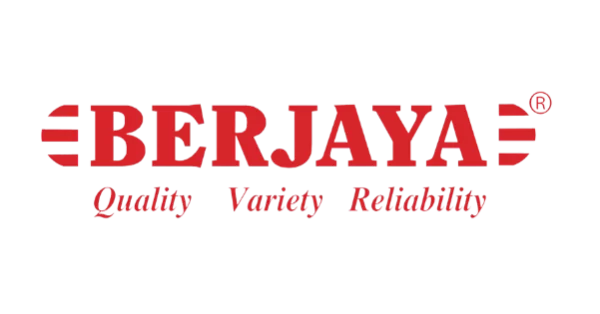



















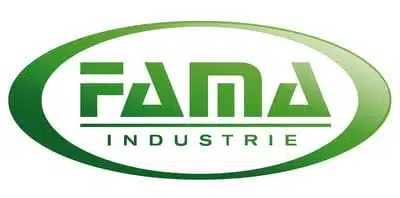








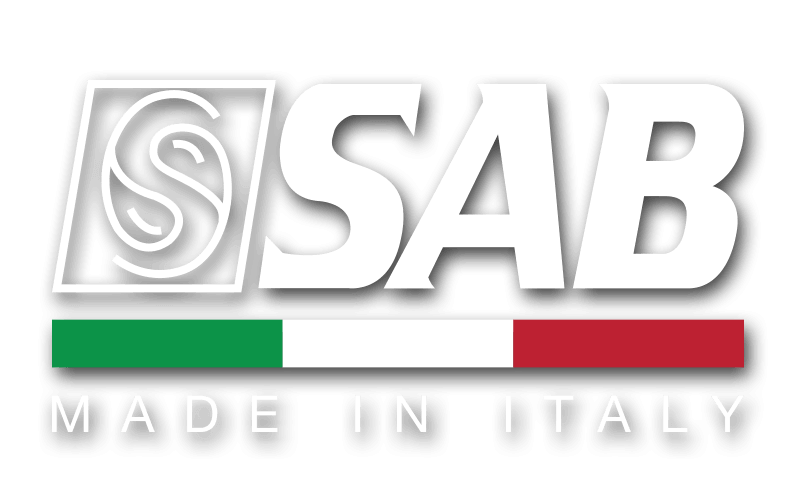
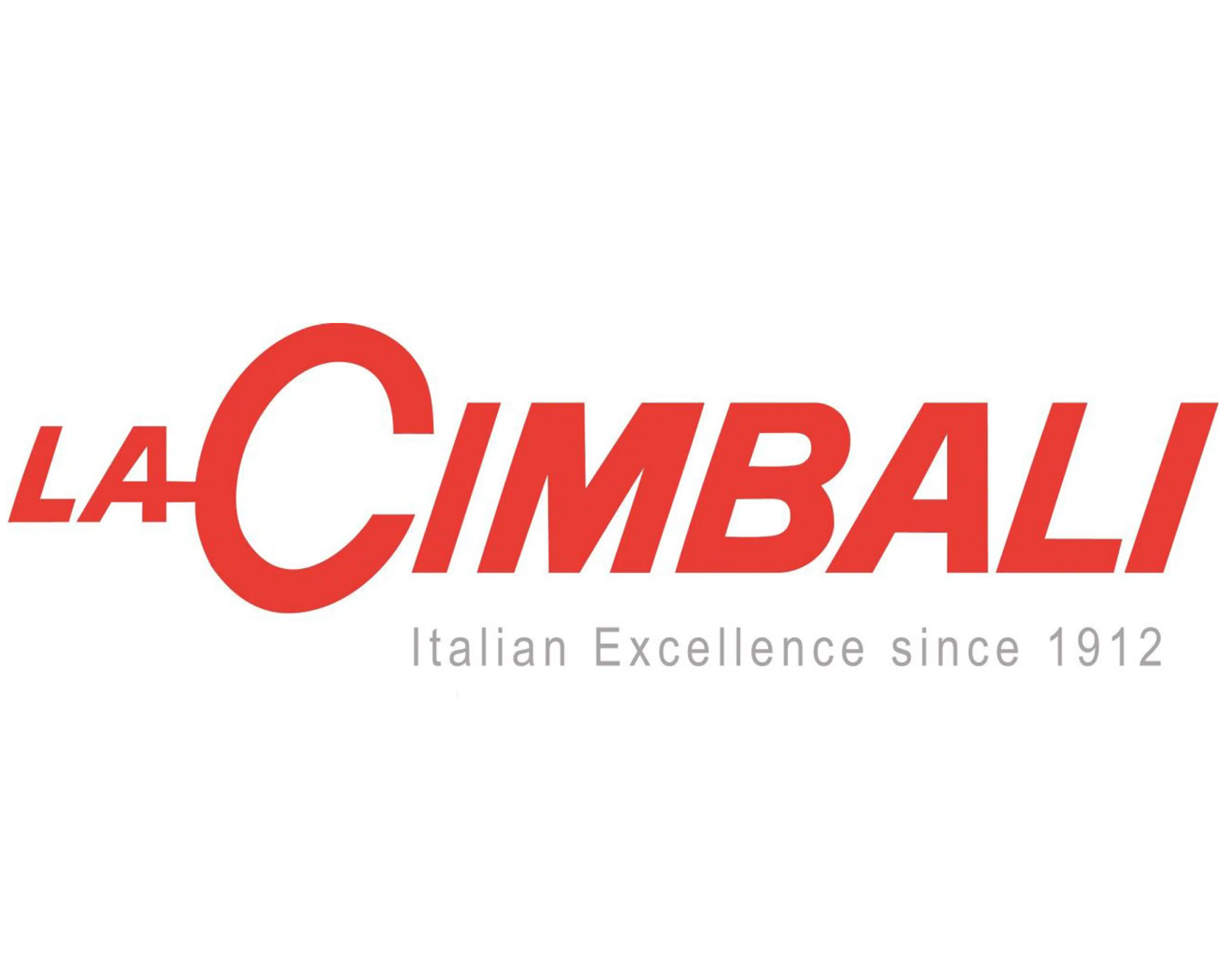


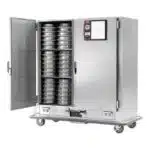 Commercial Cooking Heaters
Commercial Cooking Heaters








